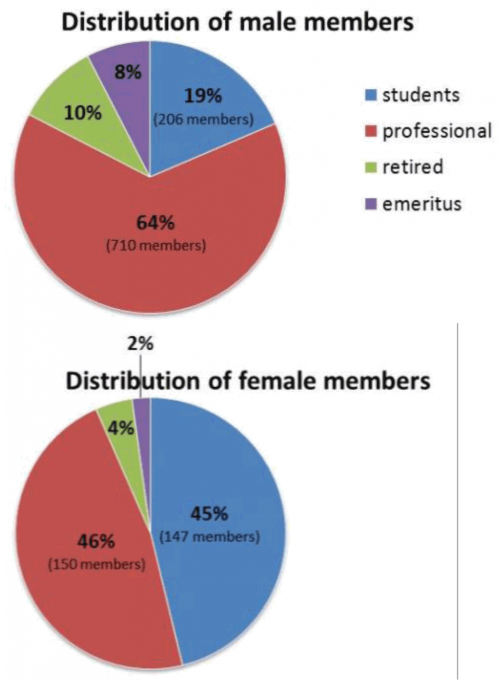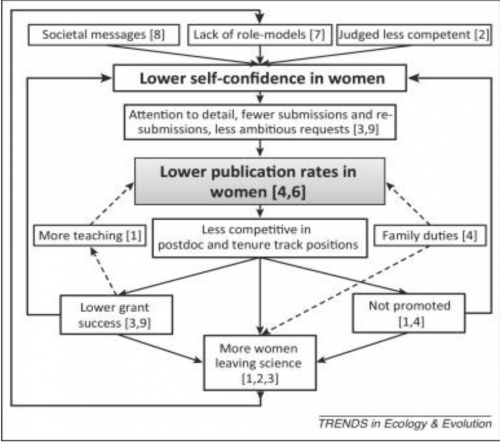As pointed out by several in email, Daniel Fincke, whose last actual direct conversation with me consisted of a defense of his “Chris Christie is fat hur hur” jokes on Facebook some months ago, provides me with an opportunity to clarify something:
Also, I will note that where Chris Clarke completely unfairly attacked civility on the irrelevant grounds that you could order racist internment of people in a way that uses no abusive terms (as though just because bad things can be done civilly, routinized uncivil discourse is our only recourse to prevent that), he has not condemned Pharyngula’s routine use of the word “moron”, a word coined by racist eugenicists to justify equal atrocities against those deemed too intellectually inferior to have civil rights (even though he blogs at Pharyngula). There is an dehumanizing word that coined as part of a movement that did documentable damage to marginalized people and he is indifferent, apparently to the screams of those people while he paints me with no justification as a silencer of the oppressed simply because I advocate reason rather than bullying as the method of persuasion among professed critical thinkers and defenders of reason in the public square.
I’m ignoring the bulk of the paragraph: just shows the guy can’t read for comprehension when he’s upset. Which is an affliction a lot of us have. But he’s right about my not having offered my opinion on the use of the word “moron”.
And here it is: I don’t like it.
For my reasons, you can pretty much take this post and do the obvious find and replace.
I’ll confess I haven’t seen a whole lot of commenters in my threads using the M word, which may be because I don’t read every single comment. I also confess I slip up and use it myself on occasion, and “idiot” more often still.
Still, it’s about goals rather than perfection. I don’t like the word “moron” and wish we would all use something else non-ableist to express our disbelief at a person’s sheer wrongness. Suggestions for alternatives: doofus, fuckwad, jackanapes, buffoon, professional philosopher.
Can I go back to ignoring him now?





